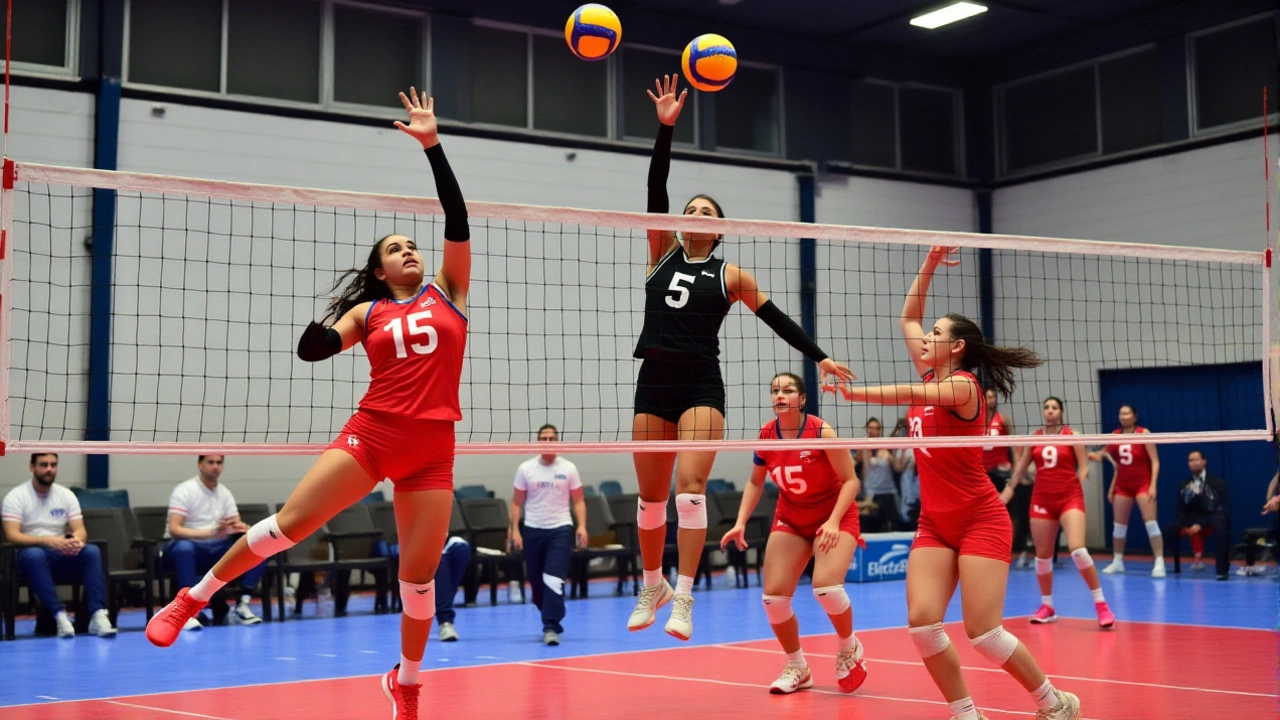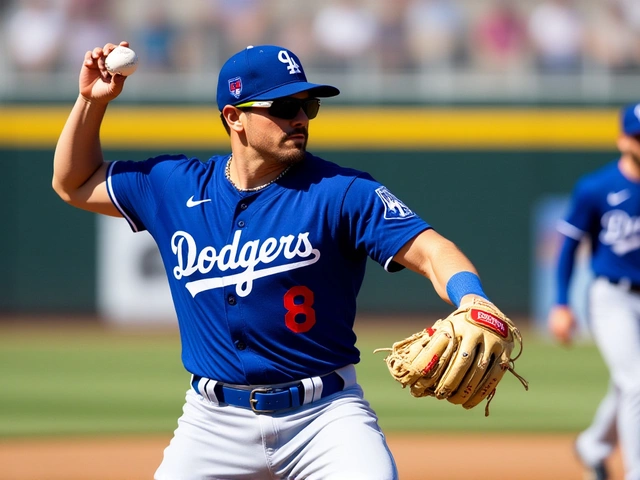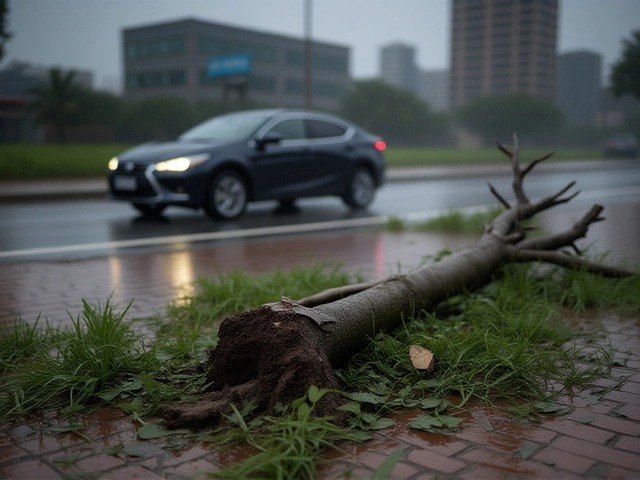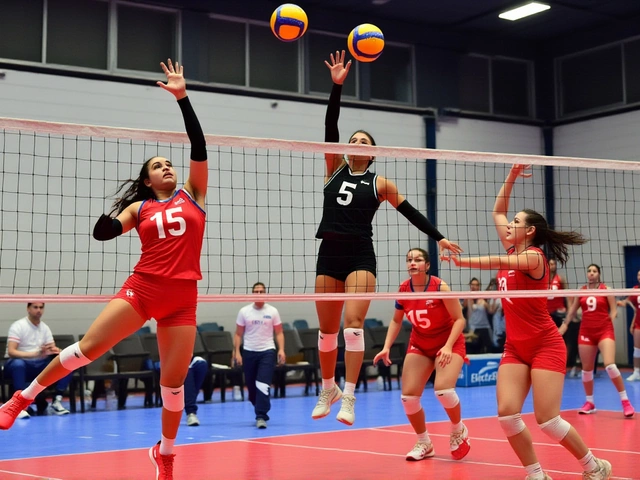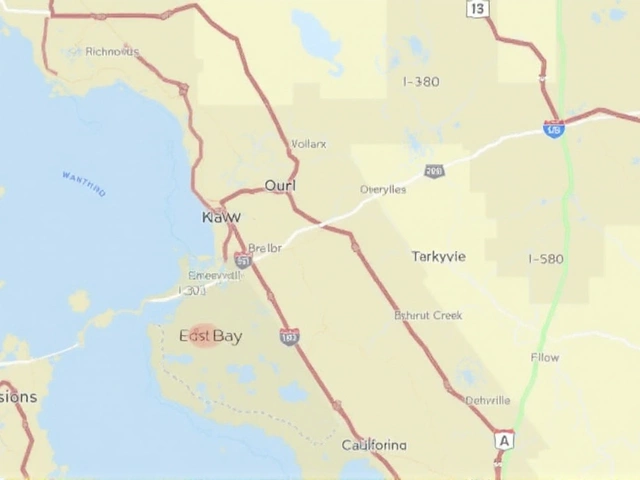Costa Rica’s Under-19 women’s volleyball team didn’t just win their semifinal — they dismantled Honduras in straight sets, 25–22, 25–13, 26–24, to punch their ticket to the gold medal match of the XV AFECAVOL U19 Women’s Central American Championship on Friday, November 14, 2025. The match, played at the FESAVOL Gymnasium in San Salvador, El Salvador, was a masterclass in control, discipline, and precision. While Honduras crumbled under 35 unforced errors, Costa Rica kept theirs to just 26 — a gap that didn’t just matter, it decided the match. Leading the charge was María Vanegas, whose sharp attacks and calm decision-making under pressure turned the tide in Set 3 when Honduras clawed back from a 24–21 deficit. The twist? Costa Rica didn’t panic. They tightened their serve-receive and forced Honduras into mistakes they couldn’t recover from.
Two Paths to the Final
While Costa Rica was wrapping up their dominant win, the other semifinal played out just as cleanly. Nicaragua’s U19 women’s team dispatched Guatemala 3–0 (25–18, 25–14, 25–19), setting up a rematch of the 2023 final — this time with both teams stronger, hungrier, and more experienced. Nicaragua’s middle blockers were relentless, holding Guatemala to a .102 hitting efficiency, while their setter orchestrated plays with surgical timing. It’s no surprise they’re back in the final; they’ve been the most consistent team in the tournament, losing only one set all week.That means Saturday’s gold medal match — scheduled for 7:00 pm local time at the FESAVOL Gymnasium — isn’t just a title bout. It’s a clash of styles. Costa Rica’s power-based offense, anchored by Vanegas and outside hitter Laura Mora, will face Nicaragua’s fluid, transition-heavy system built on quick sets and deceptive attacks. The winner doesn’t just take gold — they become the new standard-bearer for Central American youth volleyball.
Behind the Scenes: A Tournament Built on Grit
This isn’t just a regional tournament. It’s a lifeline for young athletes in nations where volleyball funding is scarce. The AFECAVOL (Central American Volleyball Federation), under the oversight of NORCECA, organized this event with minimal budget but maximum heart. Six teams competed: Costa Rica, Nicaragua, Guatemala, Honduras, El Salvador, and Belize. Only two of them — Costa Rica and Nicaragua — have consistent national programs. The rest? They’re fighting for recognition, for development, for a shot at the next level.El Salvador’s own team, despite hosting, didn’t make the semifinals. But they didn’t go quietly. In Friday’s 5th-place match, they rallied from 0–2 down to beat Belize 3–2 (25–22, 25–22, 24–26, 19–25, 15–8), with their libero making six key digs in the decisive fifth set. That kind of resilience? That’s what this tournament is really about.

What’s at Stake Beyond the Medals
The winner of Saturday’s final earns not just a trophy — they earn a direct pathway to the 2026 NORCECA U20 Women’s Continental Championship, the qualifying gateway to the FIVB U20 World Championship. For players like Vanegas, who’s already being scouted by university programs in the U.S. and Mexico, this is more than a regional title. It’s a career catalyst.And for Nicaragua? They’ve been the dark horse since 2021, when they finished fourth. Now they’re back. Their coach, Carlos Rivera, told reporters after the semifinal: “We didn’t come here to play. We came to prove we belong.” That’s the spirit of this whole event.

What’s Next
Saturday’s schedule is tight but electric. At 4:30 pm, Guatemala and Honduras battle for bronze — a game that could decide which nation gets priority for next year’s training camps. Then, at 7:00 pm, the final: Costa Rica vs. Nicaragua. Live streaming is available on aloudsports.com, and real-time stats are tracked on live.app.fivb.com, the official platform of the Fédération Internationale de Volleyball.One thing’s certain: this final won’t be decided by stats alone. It’ll be decided by heart. And maybe, just maybe, by one perfectly timed tip from Vanegas.
Frequently Asked Questions
How did Costa Rica manage to control the match despite Honduras’s early momentum in Set 3?
Costa Rica adjusted their serve-receive formation after Set 2, shifting their libero to cover deeper zones and forcing Honduras into longer passes. This disrupted Nicaragua’s rhythm, leading to 11 of their 15 unforced errors in Set 3 coming from poor reception. Vanegas capitalized by targeting the deep corners, where Honduras’s outside hitters struggled to generate power under pressure.
Who is María Vanegas and why is she so critical to Costa Rica’s success?
María Vanegas, 18, is Costa Rica’s primary outside hitter and team captain. She’s been named MVP of two consecutive AFECAVOL tournaments and leads the team in kills (142) and aces (18) this year. Her ability to read blockers and change shot angles on the fly has made her a target for NCAA scouts. In Friday’s match, she recorded 19 kills with only two errors — a .524 hitting efficiency that outpaced every player on the court.
Why is this tournament significant for smaller nations like Belize and Honduras?
For nations without professional volleyball infrastructure, AFECAVOL is the only high-level competitive platform. Belize’s 3–2 loss to El Salvador was their best performance ever at the event, earning them recognition from NORCECA development officers. Honduras, despite their 35 errors, showed improvement over 2023, reducing their average errors per set from 14.3 to 11.7. These gains matter — they unlock funding for training camps and equipment.
What does the winner of this final qualify for next?
The champion earns an automatic berth into the 2026 NORCECA U20 Women’s Continental Championship, the official qualifier for the FIVB U20 World Championship. Only the top four teams from NORCECA advance to the global event. Costa Rica last competed at the U20 Worlds in 2021; Nicaragua has never qualified. Winning here isn’t just pride — it’s a shot at international exposure.
How does the FESAVOL Gymnasium compare to other regional venues?
The FESAVOL Gymnasium in San Salvador is among the most modern in Central America, with LED lighting, digital scoreboards, and seating for over 1,500 spectators — rare for youth events. Unlike past editions held in open-air courts or school gyms, this venue meets FIVB standards for broadcasting and athlete safety. Officials say it’s being considered as a future host for NORCECA senior events, a sign of how seriously El Salvador is investing in volleyball.
Has any team from this tournament ever made it to the FIVB U20 World Championship?
Yes — Costa Rica qualified in 2021 after winning this exact championship. They finished 12th in the global event, their best-ever result. Nicaragua came close in 2019 but lost in the NORCECA qualifier by one set. This year’s final could be the moment one of them breaks through again. The stakes? Higher than ever.
